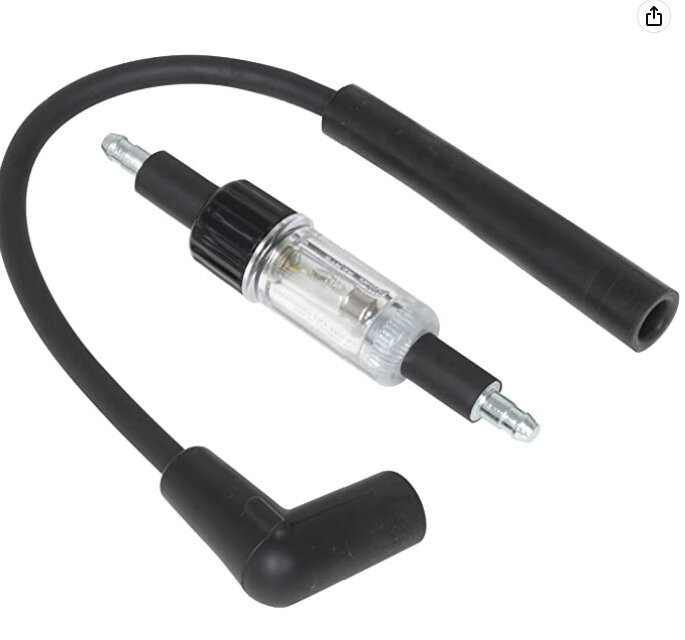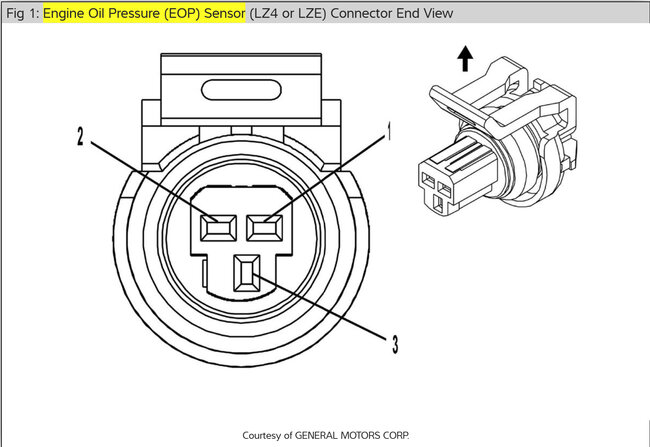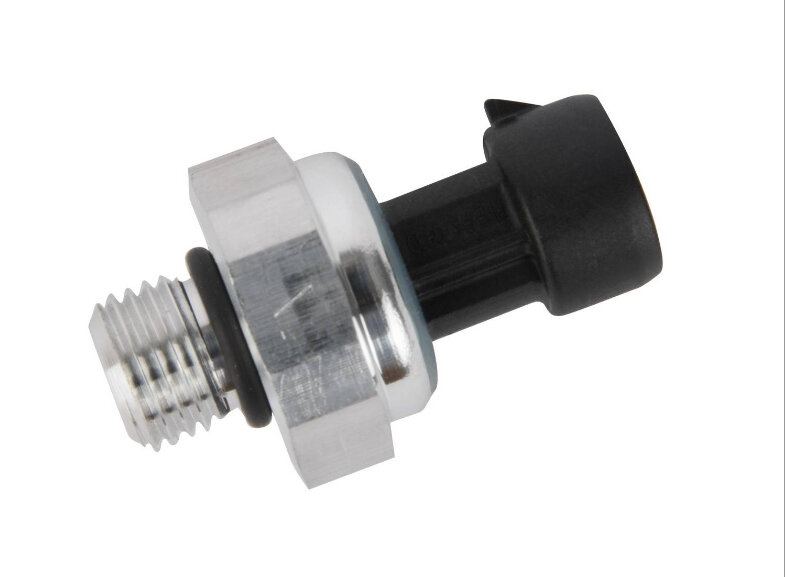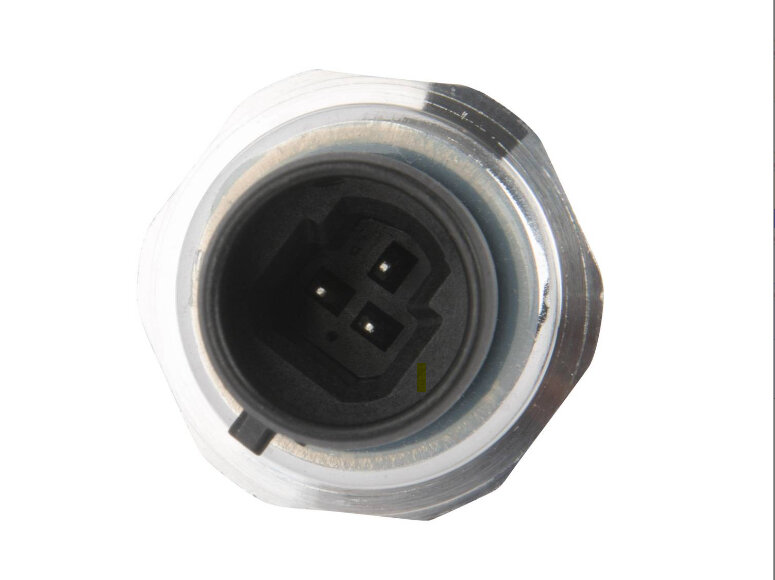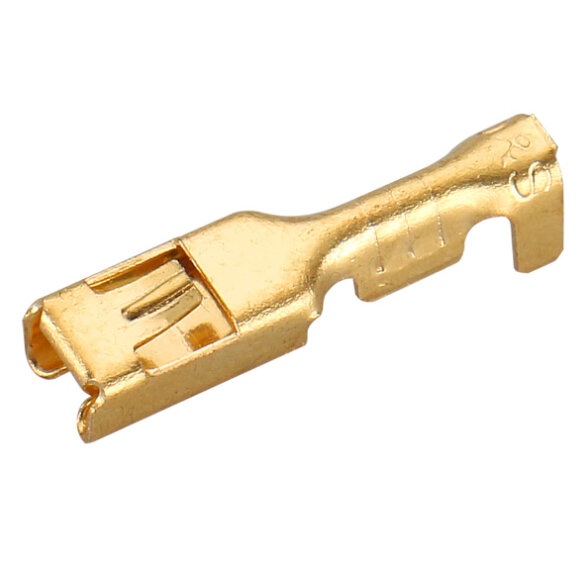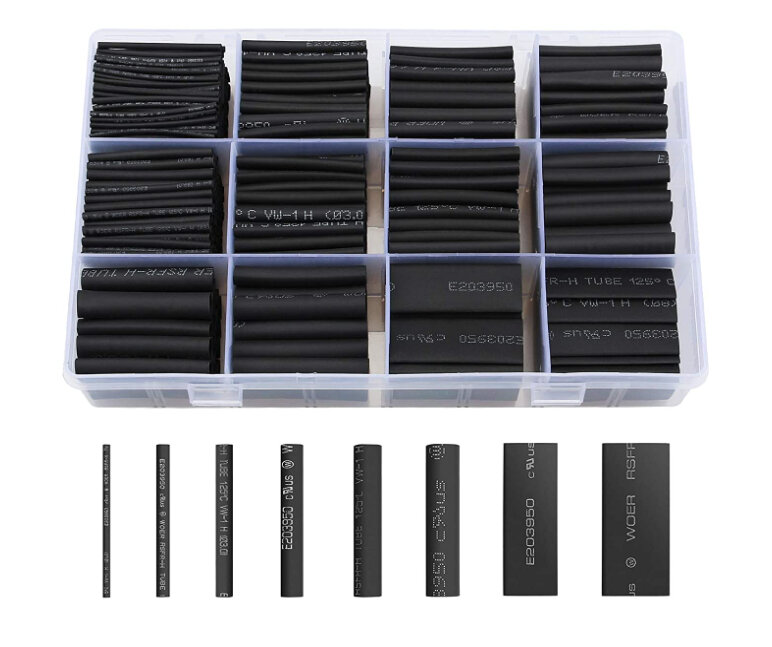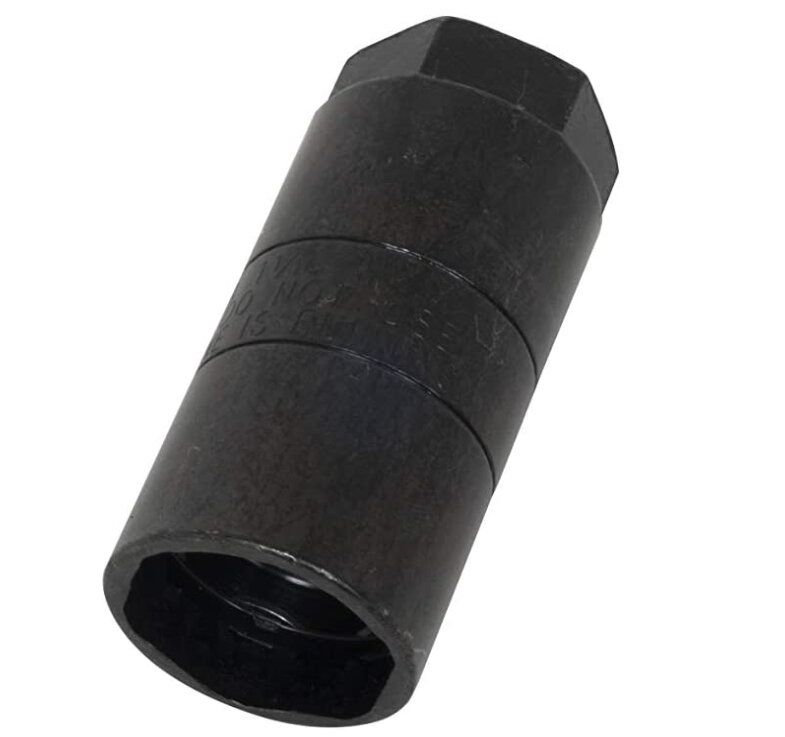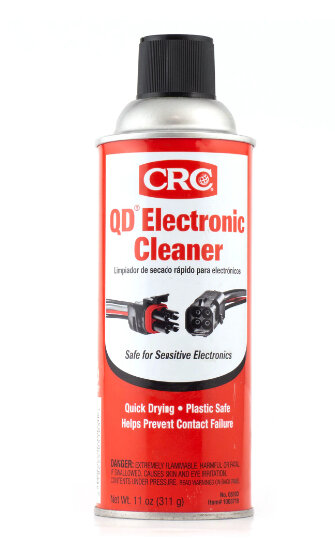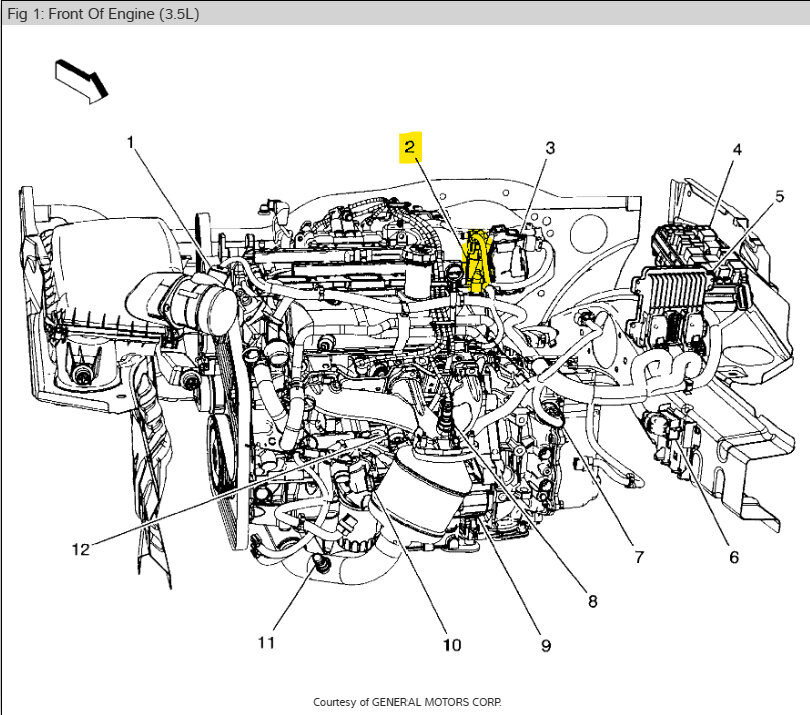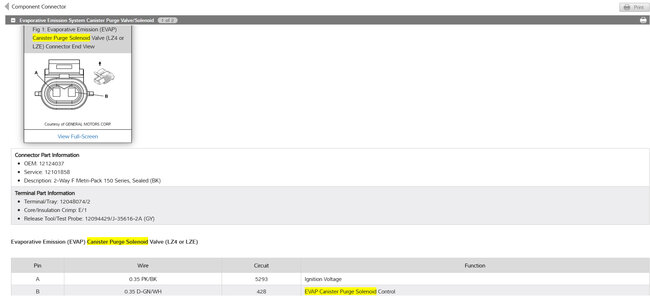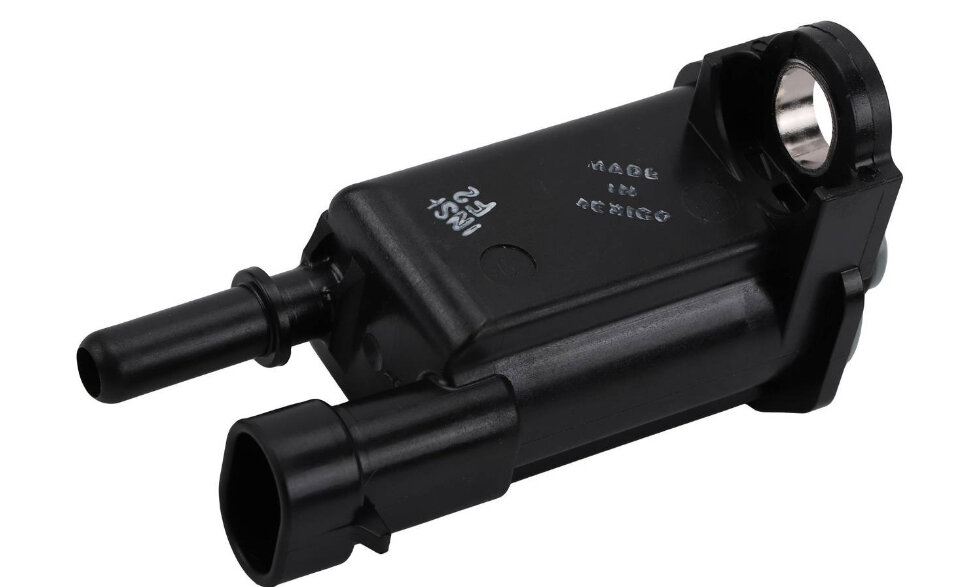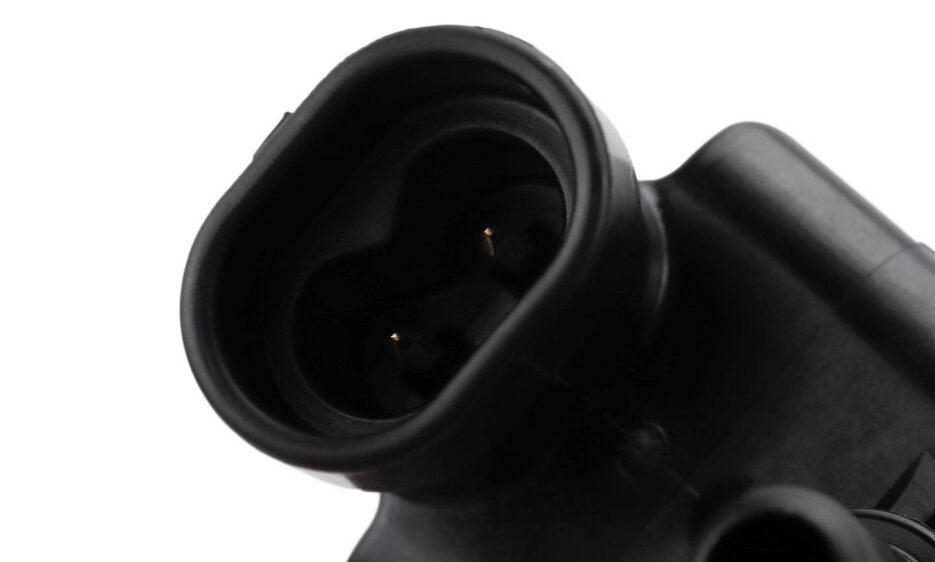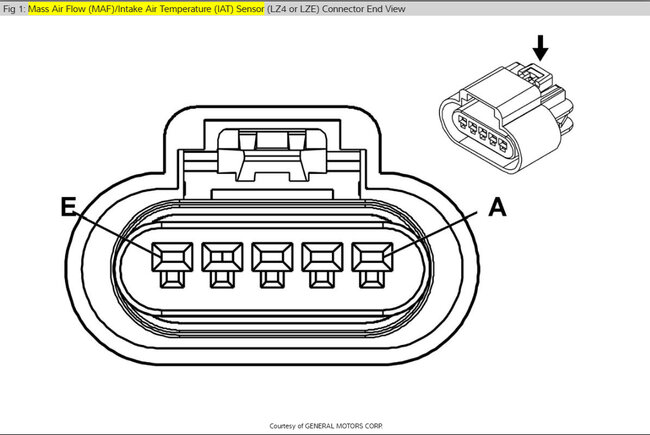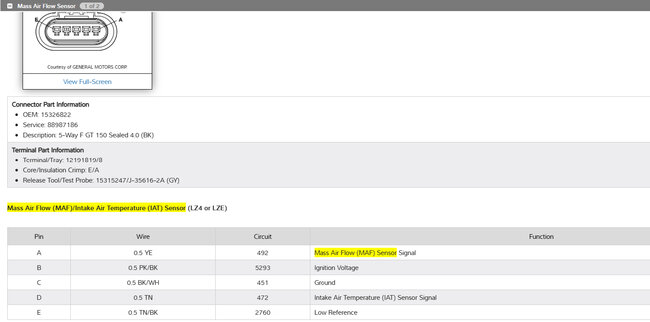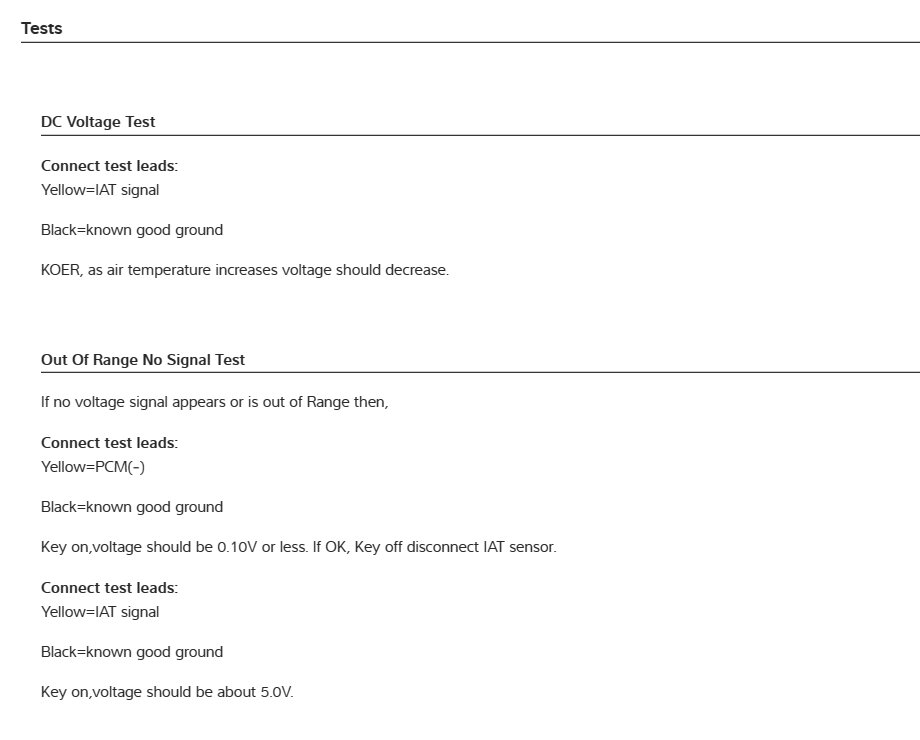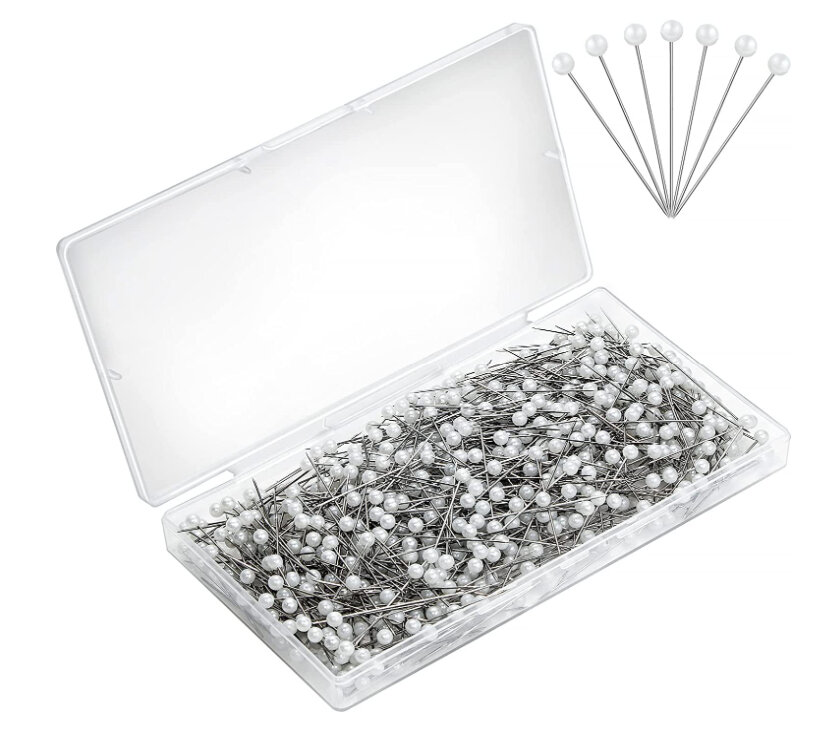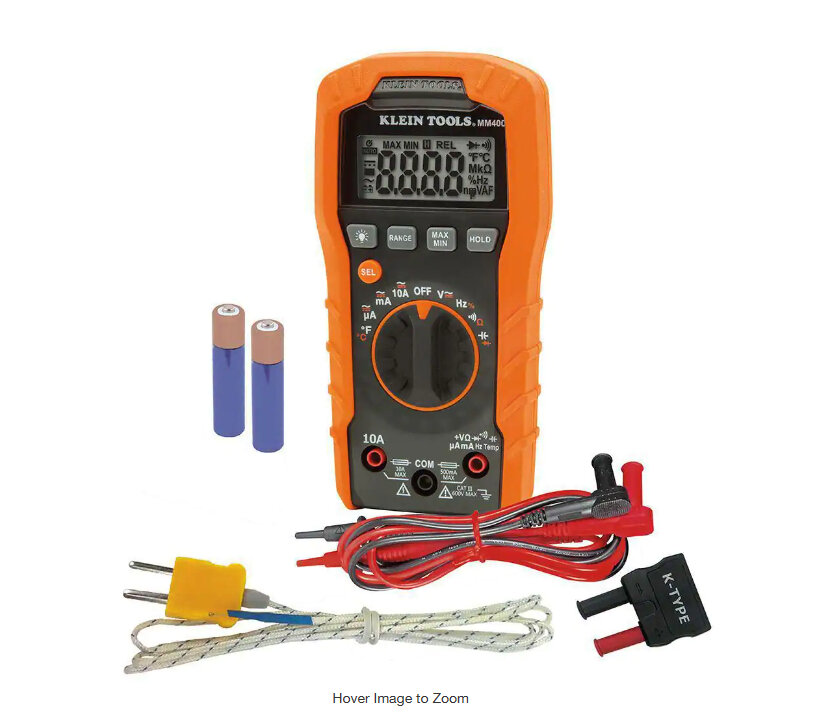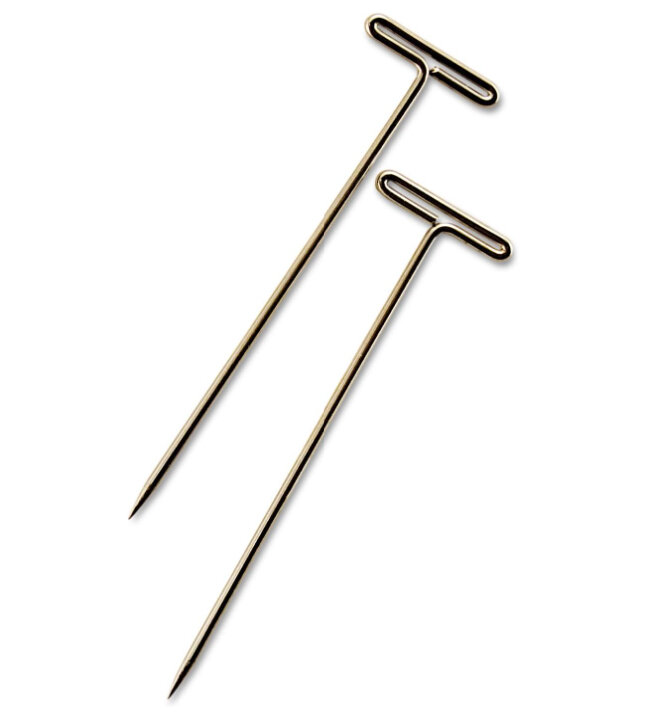Good morning, IVAN.R,
Awesome! Sounds like we are getting somewhere. I think you are headed in the right direction. The purge solenoid is located on the engine though. Here is a video from someone I don't know personally but have watched his channel since 2016 and have spoke with. He is very smart and explains things very well. I usually try not to get info from YouTube because it is usually only somewhat correct, but this guy is on a completely different level.
https://youtu.be/LYifnstYsx4
The vent solenoid is located on the charcoal canister or attached to it via a hose, usually hardened plastic.
If the purge solenoid is stuck open it can cause that smell. The EVAP System is usually tested with a smoke machine and a scan tool to try and open and close the purge and vent solenoid. If the valve is stuck open it could cause the fuel odor. It should only open when the vehicle is at operating temperature.
But if it is stuck open, it will also cause a massive vacuum leak. Which could cause the engine to die.
To check the purge solenoid, you can use a multi-meter. If you don't have one, Home Depot has a nice one that I own myself, it's made by Klien. Here is the link:
https://www.homedepot.com/p/Klein-Tools-600V-Auto-Ranging-Digital-Multimeter-MM400/206517333
You are going to set the multimeter to the Omega symbol because we will be testing for resistance in ohms.
First touch the 2 leads together and make sure you don't have any resistance in them that would skew our results. Then unplug the solenoid and put the test leads on the pins on the sensor. Don't use it on the connector or harness because it can fry the PCM because when testing for resistance a small amount of current is used as a reference.
A good reading should be in the realm of 14-30 Ohms. Anything outside that range would indicate a faulty solenoid.
I have added an image of the sensor and a view of the pins you need to touch with the multimeter. I have also added an image of its location and connector information for you.
Let me know what you get for a reading.
A big thing with GM is it will not run if the MAF or Mass Air-Flow sensor is either malfunctioning or the intake tube is not connected properly.
Is the intake hooked up and MAF plugged in? I would double check all of this. This sensor should be located on the intake tube near the air filter.
Sometimes, because of the design of the intake and position of the throttle body, the intake tube won't seal correctly around the throttle body, especially at the bottom. The 3.5 is a pain but the 2.4 is even worse. I use a tiny amount of oil on my finger and just put a small amount on the rubber part that slides over the throttle body, loosen the clamp as much as possible and seat the tube on the throttle body fully and tighten down. Then you can hook the rest of it up.
On a cold start, the PCM relies on this sensor to measure the amount of air entering the engine, so it knows how much fuel to give it. On your engine this sensor also includes something called IAT or Intake Air Temperature Sensor. This allows the PCM to compensate for denser cold air which would need more fuel to run the engine efficiently as well as compensate for hot air.
If it isn't hooked up correctly this could cause it to dump fuel and explain the fuel smell.
After doing this try starting it and let's see if it runs longer or anything changes. If not, I would use the multi meter and check the function of the MAF.
I am adding connector information for you as well as a few tests to run.
To do this the connector will need to be plugged into the sensor, so you will need to back-prob the connector. You can back probe using pins, I will add images of 2 different kinds you can use.
It is imperative that the pins don't touch during testing, or the PCM or MAF can be damaged.
Things we know:
You smell fuel so we know we are getting at least some.
It also started so we know we are getting spark.
So, checking the air coming into the engine and making sure it is being measured properly is the next best step.
*Note-These tests refer to a yellow lead, for this you will use the red lead on your meter. Black will be the same.
Please let me know if I can help with any testing, a lot of times these test procedures can be a little confusing.
Check these couple things and let me know what you find so we can go from there.
Thank you,
Brendon
Images (Click to make bigger)
Thursday, June 22nd, 2023 AT 5:55 AM
